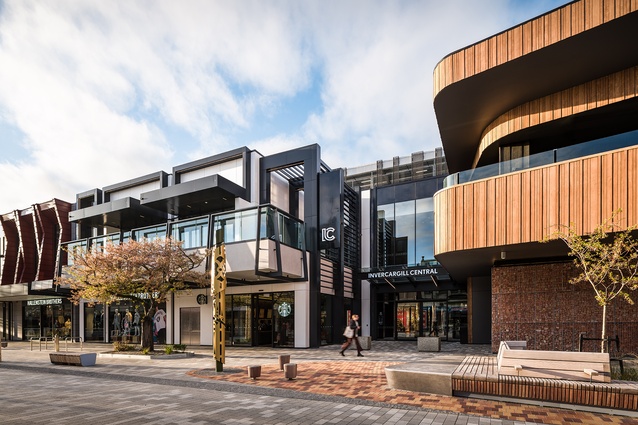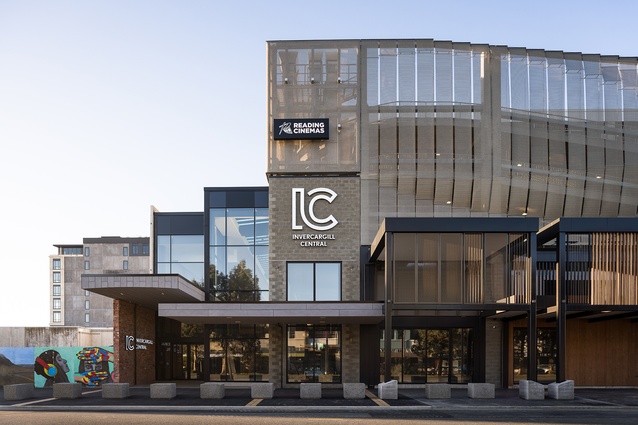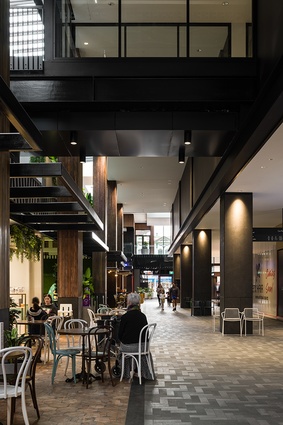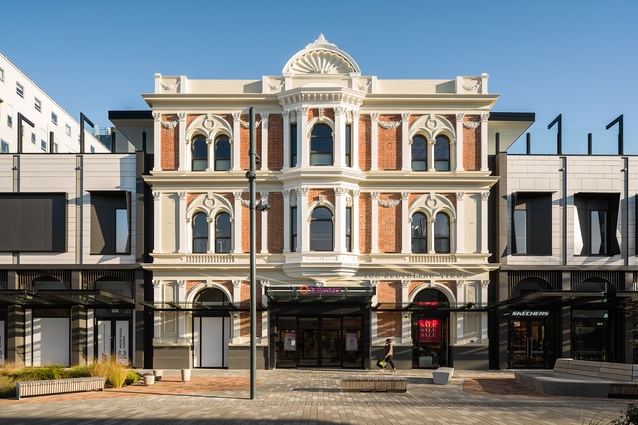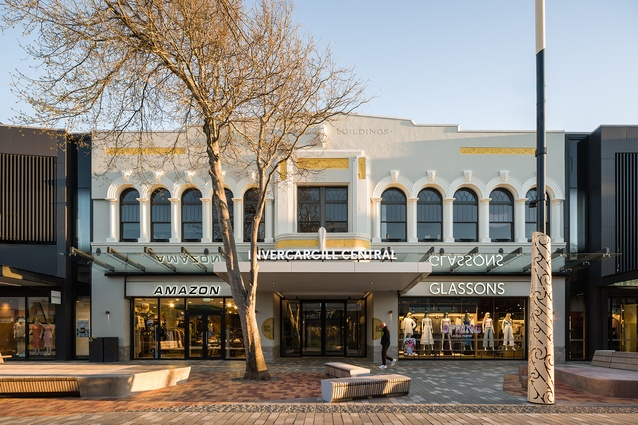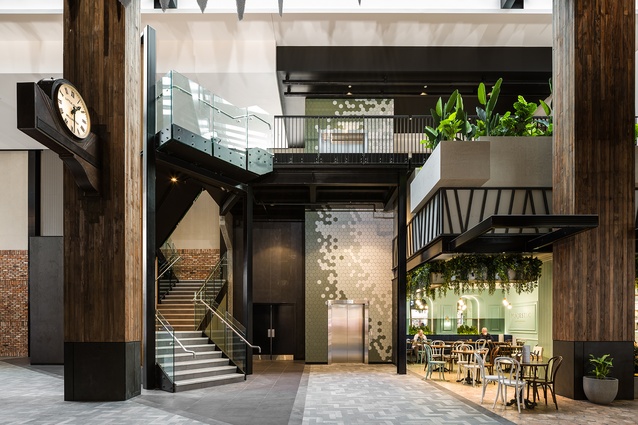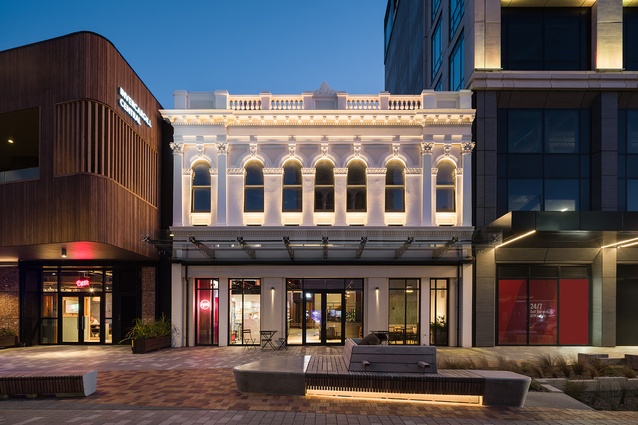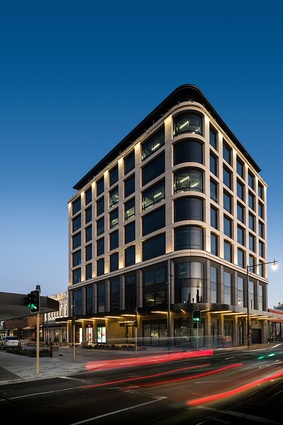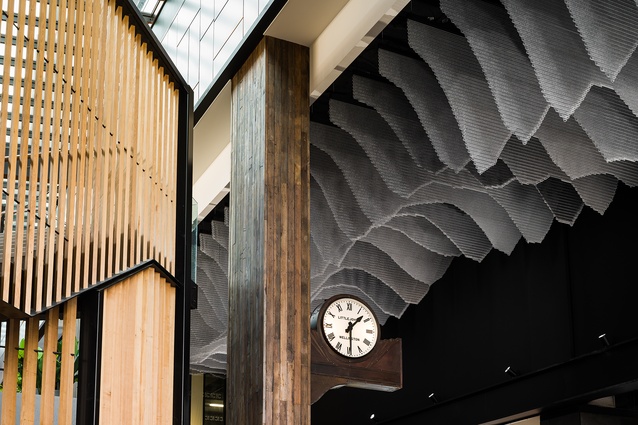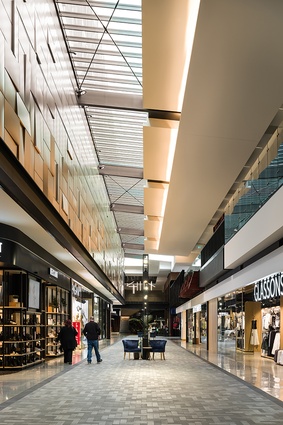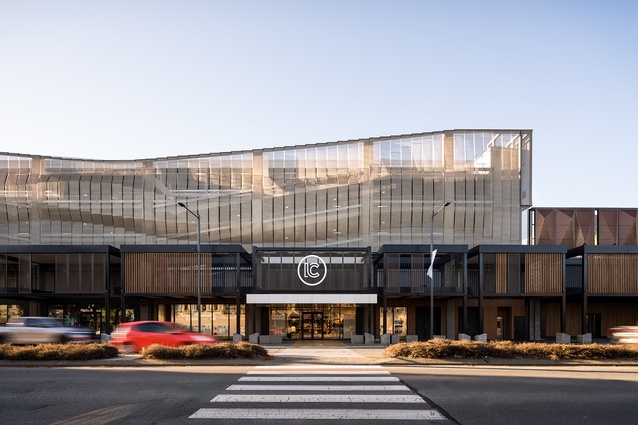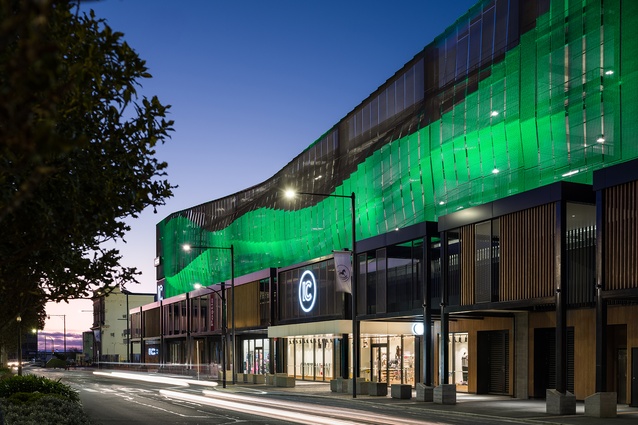Invercargill Central transforms CBD
The transformation of a CBD block in the city of Invercargill has brought people back to the city centre and boosted economic growth.
Invercargill Central, a masterplanned precinct designed by global practice Buchan, has breathed new life into a previously tired and unnappealing city centre block. The 15,137m2 site redevelopment contains retail, hospitality, civic, entertainment and commercial zones, connected by new and existing pedestrian links.
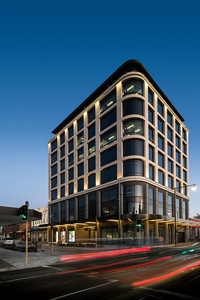
These mixed-use commercial zones are comprised of 47 retail tenancies, a childcare centre, five restaurant tenancies, four office tenancies, and four levels of parking. An integrated nine-storey office building, known as 25 Esk and located on a prominent corner, adds prime commercial space and a substantial boost to foot traffic.
Buchan project leader Daren Alderson said Invercargill Central has reimagined the city centre as a dynamic, walkable hub and restored a sense of civic pride.
“Our priority was to create a great experience for the community and bring people back to the city, day and night, whilst respecting the history and integrity of the wider neighbourhood.”
He said the challenge was to sensitively integrate the large-footprint development into the city’s existing context and retain a sense of place. Urban planning considers how the city is experienced at every scale, with attention to character, service provision, walkability and wayfinding.
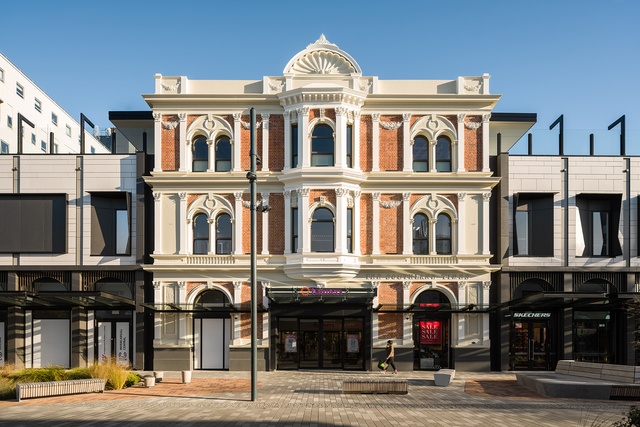
By analysing the site’s existing buildings — looking at massing, floor heights and boundaries — the design team replicated the scale and rhythm of the new builds to sit respectfully alongside retained heritage façades, in an effort to merge old and new within the existing city fabric.
A key objective was to reactivate Esk Street. Here, three heritage façades have been retained and restored, maintaining a strong connection to the past. In addition, 11 distinct façades replicate the scale and diversity of a traditional high street, reinstating Esk Street as a prime retail destination.
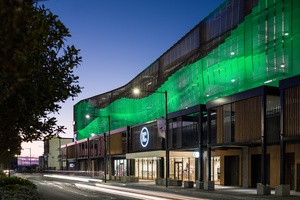
On Tay Street, the multi-deck carpark screen is made from Kaynemaile, a bio-circular, polycarbonate mesh designed and made in New Zealand. An attractive and practical screen during the day, at night it is lit up by colour-changing lights inspired by the Southern Lights (aurora australis). The Buchan team worked closely with the lighting engineers and Kaynemaile to test and perfect the feature.
The demolition of 43 existing buildings was an opportunity to salvage, restore and re-use. The clock from the NZIC building was refurbished and installed in the interior along with leadlight glass panels and heritage verandah posts. Bricks recycled from the demolition have been re-used in the new build, connecting past, present and future.
The scheme is mindful of the unique climatic conditions on the southern tip of New Zealand. Laneways are internal, yet designed to feel as if they are outdoors using skylights, floor finishes that imitate external paving, and elements repeated from the façades.
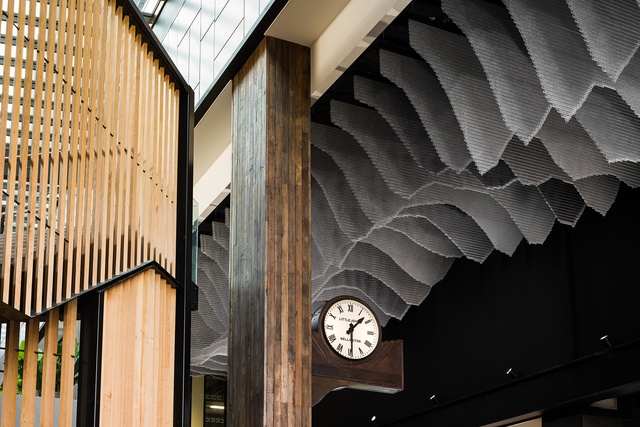
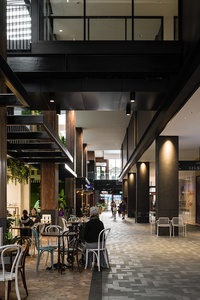
Invercargill’s winter daylight hours mean lighting plays a big role in creating a warm and inviting environment. Lighting accentuates architectural features, notably on the heritage façades, and is carefully tailored for different activities and times of day, with attention to glare control for visual comfort.
Scott O’Donnell, the chair of client Invercargill Central Ltd, described the project as a once-in-a-lifetime opportunity to deliver New Zealand’s most southernmost city “a bright and bustling city centre and give Invercargill its heart back.”
The new development brings economic benefits to the community and the wider district. Construction created over 400 new jobs and a labour spend of $80 million, and the completed project has opened more local employment opportunities. Increased spending and visitor numbers will provide a further boost to the local and regional economy.
Alderson notes that Invercargill Central shares similarities with Buchan’s precinct design work in Ipswich in regional Australia, where a staged revitalisation has brought people of all ages back to the city centre. “Quality precinct design is an investment in social, cultural and economic sustainability. Invercargill Central has given the community an exciting new place to gather and a renewed sense of optimism, and the positive impact will be felt well into the future.”

